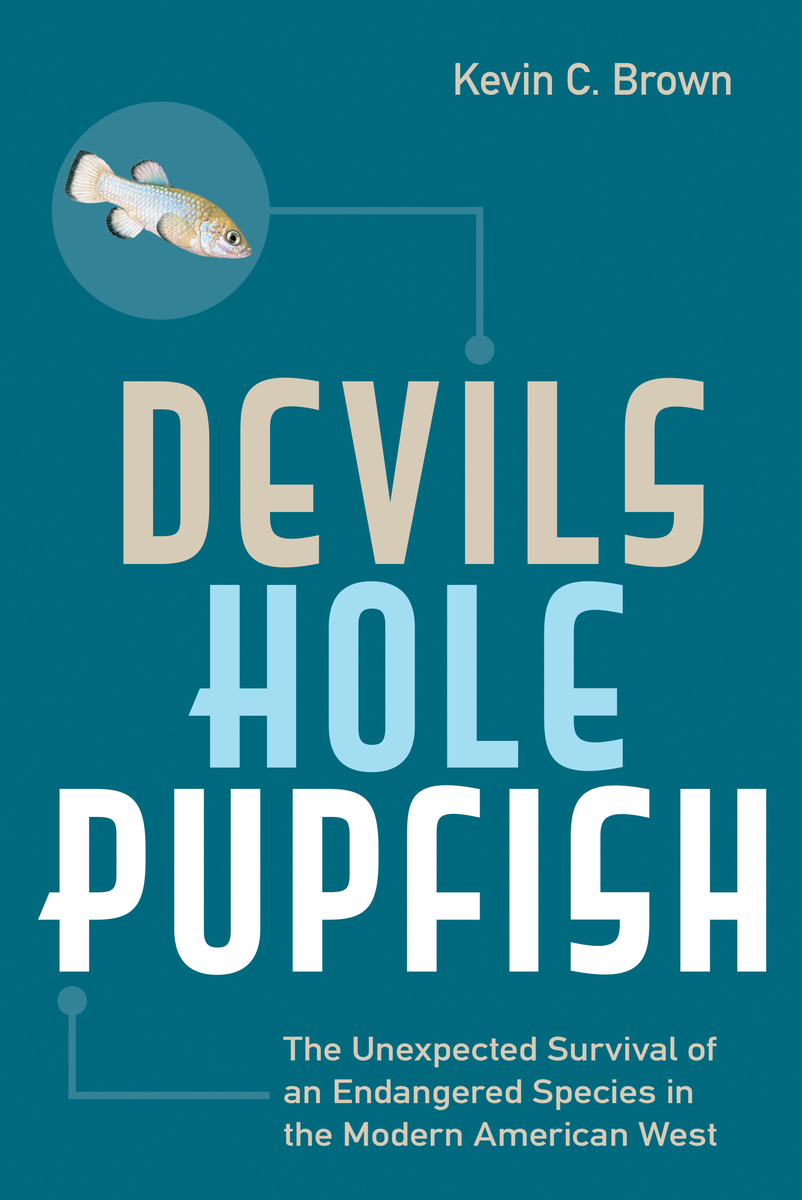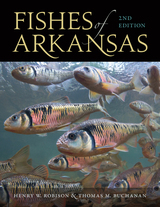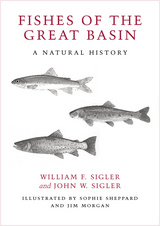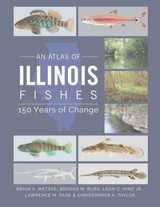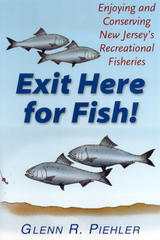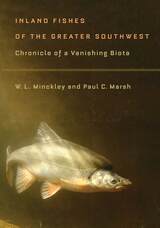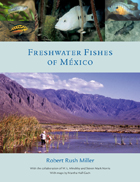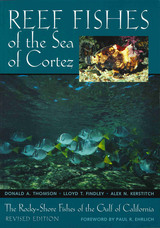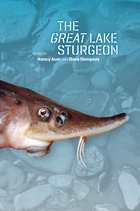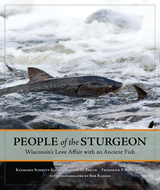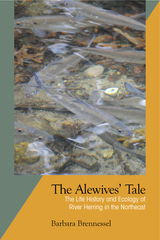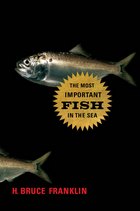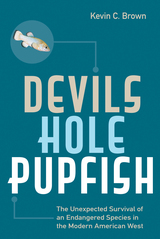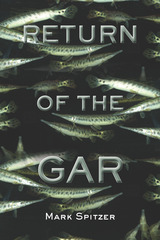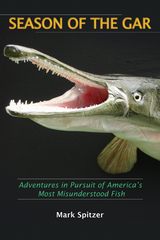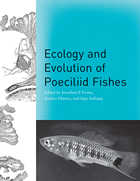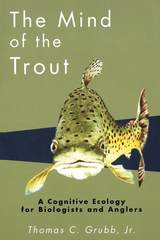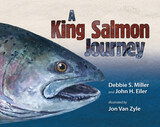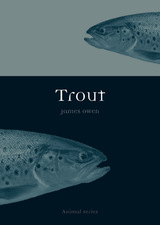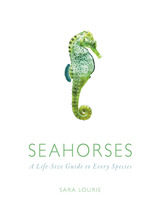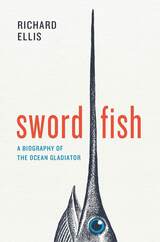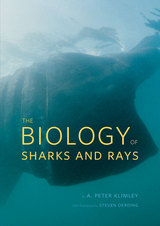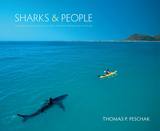Devils Hole Pupfish: The Unexpected Survival of an Endangered Species in the Modern American West
University of Nevada Press, 2021
eISBN: 978-1-64779-011-0 | Paper: 978-1-64779-010-3
Library of Congress Classification QL638.C96B76 2021
Dewey Decimal Classification 597.1680979334
eISBN: 978-1-64779-011-0 | Paper: 978-1-64779-010-3
Library of Congress Classification QL638.C96B76 2021
Dewey Decimal Classification 597.1680979334
ABOUT THIS BOOK | AUTHOR BIOGRAPHY | REVIEWS | TOC | REQUEST ACCESSIBLE FILE
ABOUT THIS BOOK
The Devils Hole pupfish is one of the rarest vertebrate animals on the planet; its only natural habitat is a ten-by-sixty-foot pool near Death Valley, on the Nevada—California border. Isolation in Devils Hole made the fish different from its close genetic relatives, but as Devils Hole Pupfish explores, what has made the species a survivor is its many surprising connections to the people who have studied, ignored, protested or protected it.
See other books on: Conservation | Endangered Species | Modern American West | Nevada | Rare fishes
See other titles from University of Nevada Press
